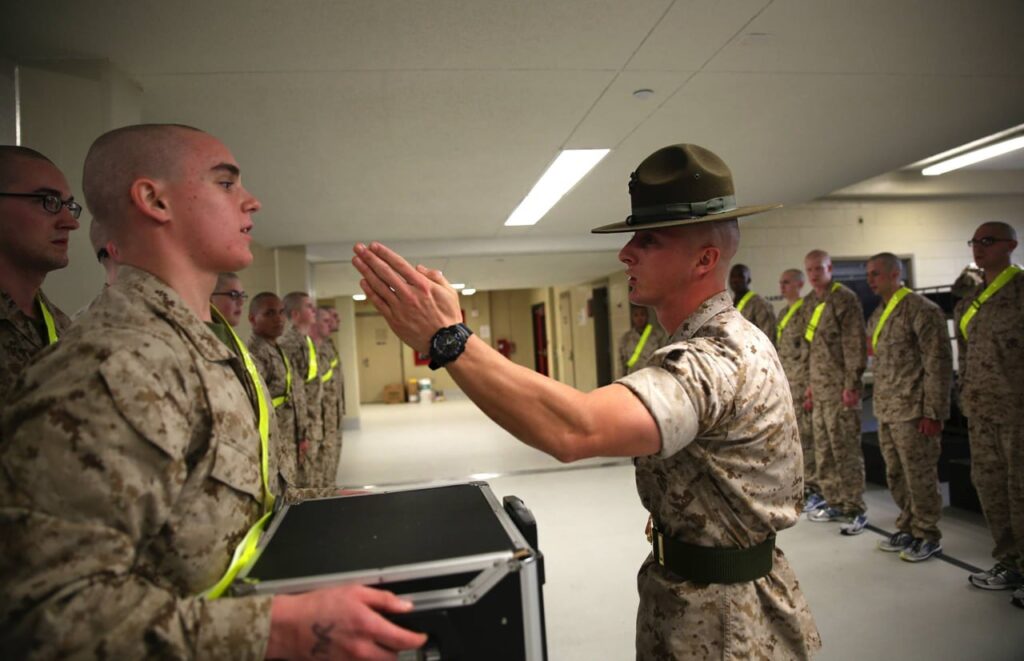
- The App
- Sandboxx News
- Resources
Learn
- Company
About
Become a Partner
Support
- The App
- Sandboxx News
- Resources
Learn
- Company
About
Become a Partner
Support
Feeling overwhelmed by your civilian job search? Maybe you’re sick of hearing how important your resume will be for your job search. Here’s some simple,...

Maybe you’re sick of hearing how important your resume will be for your job search. Here’s some simple, useful advice to help you translate your military experience to civilian recruiters.
Sandboxx has teamed up with Betts Recruiting to help you smartly navigate your career transitions and avoid common pitfalls. Get helpful content, tailored for where you are in your military journey, each week in the Sandboxx app!
Now that you know how to translate your military experience, it is time to write your resume. Employers decide in mere seconds if your resume is worth reading. The best resumes use numbers and metrics to describe accomplishments, and in formats that are easy-to-read.
Betts Recruiting has put together an in-depth guide about their recommended resume format. This handbook covers every important aspect of a resume, from font size and spacing to what hiring managers are specifically looking for.
Download our Free Resume Handbook
While this resource includes specific examples for sales jobs, the advice is helpful for anyone transitioning into a civilian career. Consider the following tips for your military resume, and download the handbook for more in-depth learning.
You might think these mistakes are basic, but we see them every day.
1. Pick a legible font, but don’t shy away from italics and bold

Basic fonts like Times New Roman and Arial are perfect for resumes. Italics and bold (in the right places) are very helpful for guiding the reader through your experience. Avoid getting too creative with your resume font.
2. Brevity is key
One page resumes – always! Your goal is to get to the first round interview. Keep the most important accomplishments on the resume, and save the detailed context for your phone interview. We know it’s hard to fit all of your military experience on one page, but that is why you have to prioritize those 3 or 4 stand out accomplishments.
3. Check for visual and spatial errorsLine up your bullet points and make sure your dashes are the same length to avoid any sloppy errors. You should also use these sparingly. Not everything needs a bullet point or dash.

4. Do not leave unnecessary white space
Utilize the entire page. There are always ways to mess with line spacing and borders to make your resume look full.
5. Spell check your resume
Spelling mistakes are immediate indicators to hiring managers that you lack attention to detail. Read it, and then read it again, and again!
6. Different resumes for different jobs
Trust us – your chances of getting a first round interview will increase if your resume is specifically tailored to each job application. Incorporate the skills and responsibilities listed in the job description when you describe your military and professional experiences.
Are you looking for a job with the Federal government? Then don’t miss out on these Four Tips for Writing Your Federal Resume, by Marine For Life program.

7. Email your resume in PDF formatWrite your resume in Microsoft Word, but save it as an Adobe PDF file. This ensures hiring managers can easily ready your resume regardless of the computer they use.
8. Print your resume on high-quality paper
Print your resume on resume paper — the thickness makes a difference compared to standard printing paper. And for in-person interviews, bring enough resume copies for each person interviewing you.
Stay tuned to this series to:




